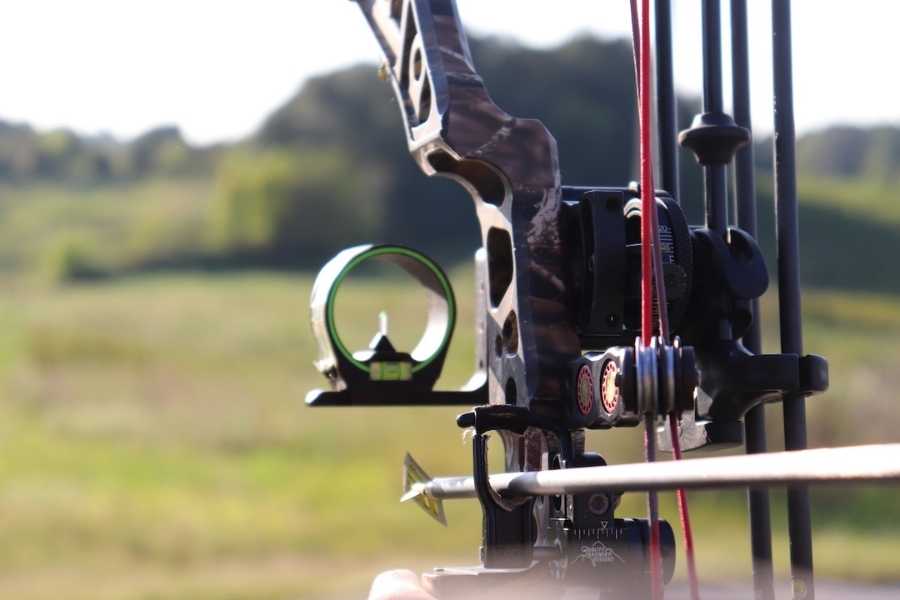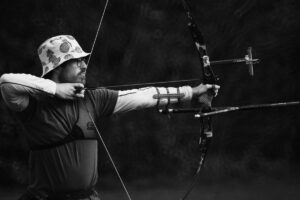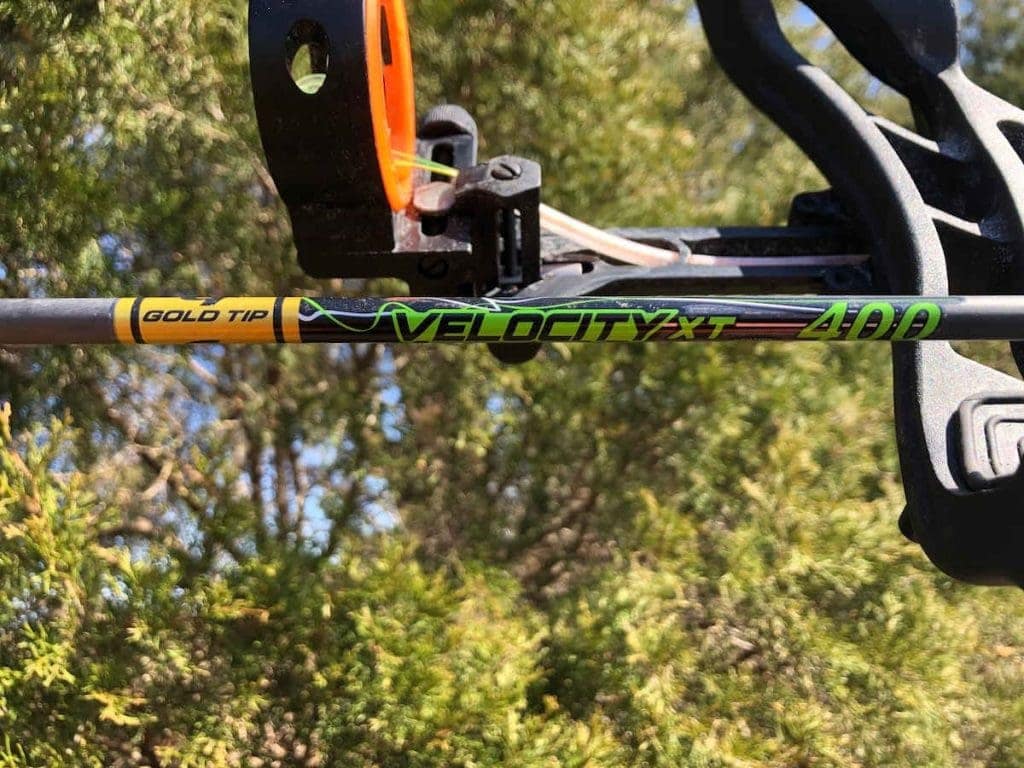In the solitary world of bowhunting, many archers chart their own course. Without a mentor’s guiding hand, self-reliance becomes key. Archery, a sport of patience and precision, embraces the lone learner.
Teaching yourself archery? It’s tough but doable with grit and determination. It’s a marathon, not a sprint.
Steady practice, not speed, breeds mastery. Remember, shortcuts don’t exist in archery.
Contents (Jump to Topic)
ToggleSetting Yourself Up For Success
First steps? Choose your bow wisely. Compound or traditional?
The compound is beginner-friendly. Beware of high draw weights; they breed bad habits harder to break than arrows.
It is better to start light and upgrade than to unlearn mistakes.
Head to a reputable archery shop. Let the pros measure your draw length, set up your bow, and pick the right arrows.
They’ll cut them to fit the accessories. This groundwork is non-negotiable.
They can also help with additional tasks, such as attaching a sight or arrow rest and fitting a D-loop.
Choosing the right arrows—precise length and weight—is crucial to match your specific needs.
An experienced archery technician can guide you in this aspect, too. Most archery shops offer the service of cutting your arrows to the required length on the spot.
Understand The Basics
Clutching your chosen bow, it’s time to plunge headfirst into the learning process. For those without a mentor, this can seem daunting.
However, there’s never been a better time to tackle such a challenge.
In yesteryears, self-taught archers had to rely heavily on a tedious cycle of trial and error.
This could lead to substantial frustration, often resulting in many potential archers giving up on the sport entirely.
Fortunately, today’s digital age is a blessing for those wishing to learn any skill, including archery.
An array of E-books on archery is just a click away on your smartphone, and the internet is a treasure trove of invaluable information on archery basics.
While sifting through this wealth of knowledge, pay special attention to every aspect of proper archery form.
This is the foundation upon which archery success is built and should not be taken lightly.
Establishing good form from the get-go is crucial, as this paves the way for accuracy.
YouTube is a goldmine of educational videos on proper bow handling and archery form.
Seek out trustworthy and knowledgeable sources, and don’t hesitate to watch each video multiple times until every meticulous detail is etched into your memory.
Practice Makes Perfect
Now, with your bow in hand and a solid idea of proper form fresh on your mind, it will be time to log some range time.
This can be done at home, space permitting, using an essential bag or block-style archery target.
Practice, practice, practice. Start close, just 10 yards. Perfect your stance, anchor point, and follow-through.
Talk yourself through each step to build muscle memory. Shoot daily if you can. Consistency is your aim; precision will follow.
Upon drawing your bow, focus on that which was gleaned from your prior studies.
Make sure to square off your shoulders, bend only at the waist, anchor consistently, and follow through.
At first, it might be necessary to talk yourself through each step. This, in itself, is completely normal and will help develop long-term muscle memory.
If feasible, you should practice frequently, 5-6 days a week.
This ensures that each detail of your form becomes fluid, requiring little thought to replicate with each shot.
read.. The Meditative Art of Archery
Shooting with relative frequency will also produce noticeable gains in accuracy, far more rapidly than only practicing on rare occasions.
Taking The Next Step
Once your accuracy at close range has improved, you can begin considering practice at further distances.
However, this is only advised after becoming extremely comfortable when shooting at your current practice distance.
One trick taught to me by the gentleman who initially instructed me on how to shoot a bow pertains to creating a benchmark that must be met before practicing at further distances.
I was told to pick a certain point on my target that was approximately identical in size to the bottom of a soft drink can, in which I would attempt to group my arrows.
Progressing? Here’s a tip from my early days: Shoot a soda-can-sized target. Hit it 30 times straight?
Move back 5 yards. This goal-setting sharpens skills and fuels competition with yourself.
Flying Solo
Flying solo in archery? Tough, yes, but not impossible. Persevere through the misses and mistakes.
Remember, mastery takes time, not mentorship.
Each small victory will be your reward, a testament to your dedication.







